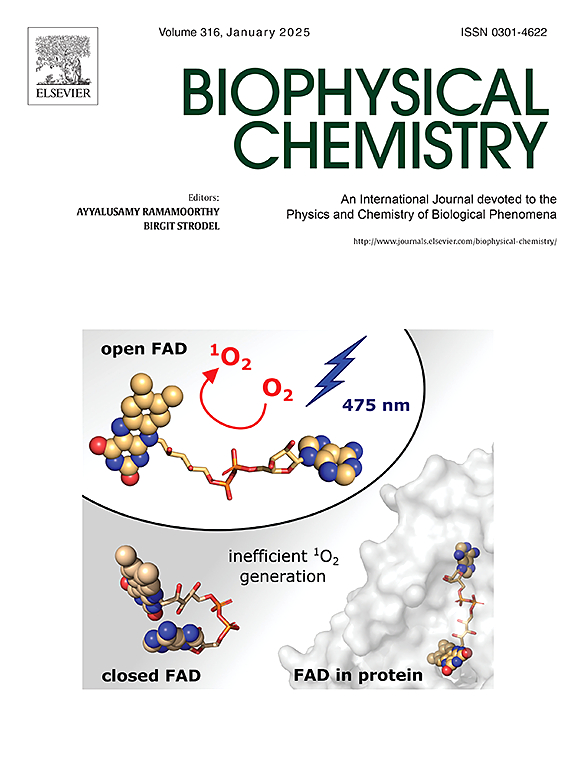Green synthesis, characterization, structural, morphological, antibacterial, and cytotoxicity evaluation of zinc oxide nanoparticles using Fioria vitifolia extract
IF 2.2
3区 生物学
Q2 BIOCHEMISTRY & MOLECULAR BIOLOGY
引用次数: 0
Abstract
The increasing prevalence of bacterial pathogens diseases and the rise in multidrug resistance highlights the urgent need for new drug delivery systems or novel drug molecules to enhance treatment options. Zinc oxide (ZnO) nanoparticles attracting attention due to their potential in biomedical applications, such as cancer therapy and diagnostics. ZnO is a versatile compound with excellent UV-blocking, anti-inflammatory, and wide-bandgap semiconductor properties. This study focuses on the green synthesis of ZnO nanoparticles using ‘Fioria vitifolia’ leaf extract, as a reducing agent with polyvinylpyrrolidone (PVP) aids in reducing particle size and preventing aggregation, enhancing nanoparticle stability. The ZnO nanoparticles were characterized using various techniques, including X-ray diffraction (XRD), Field Emission Scanning Electron Microscopy (FESEM), Energy-Dispersive X-ray Analysis (EDX), Transmission Electron Microscopy (TEM), Fourier-Transform Infrared Spectroscopy (FTIR), UV–Vis Diffuse Reflectance Spectroscopy (DRS), and Photoluminescence (PL). These analyses confirmed the successful formation of ZnO nanoparticles. The nanoparticles demonstrated strong antimicrobial activity, especially against ‘Enterobacter’, and exhibited significant cytotoxic effects on lung cancer cells (A549), but has low toxicity to standard cells (L929). The IC50 values affirmed their potential as anticancer agents, suggesting their dual promise as antimicrobial and anticancer compounds. The enormous potential of biosynthesized ZnO nanoparticles as biological agents a sustainable substitute for chemically synthesized medications is highlighted in this study. The potential of the nanoparticles in a range of biomedical applications is highlighted by their ecologically friendly manufacturing process as well as their proven antibacterial and anticancer qualities.

绿色合成、表征、结构、形态、抗菌和细胞毒性评价的氧化锌纳米颗粒
细菌性病原体疾病的日益流行和多药耐药性的增加突出表明迫切需要新的药物输送系统或新的药物分子来加强治疗选择。氧化锌纳米颗粒因其在癌症治疗和诊断等生物医学领域的潜在应用而备受关注。ZnO是一种多功能化合物,具有优异的抗紫外线、抗炎和宽禁带半导体特性。本研究主要研究了以“红叶”叶提取物为还原剂,以聚乙烯吡咯烷酮(PVP)为还原剂,绿色合成ZnO纳米颗粒,有助于减小粒径和防止团聚,提高纳米颗粒的稳定性。采用x射线衍射(XRD)、场发射扫描电子显微镜(FESEM)、能量色散x射线分析(EDX)、透射电子显微镜(TEM)、傅里叶变换红外光谱(FTIR)、紫外-可见漫反射光谱(DRS)和光致发光(PL)等多种技术对ZnO纳米颗粒进行了表征。这些分析证实了ZnO纳米颗粒的成功形成。纳米颗粒显示出很强的抗菌活性,特别是对肠杆菌,并对肺癌细胞(A549)显示出显著的细胞毒性作用,但对标准细胞(L929)具有低毒性。IC50值肯定了它们作为抗癌药物的潜力,表明它们作为抗菌和抗癌化合物的双重前景。本研究强调了生物合成ZnO纳米颗粒作为生物制剂的巨大潜力,它是化学合成药物的可持续替代品。纳米颗粒在一系列生物医学应用中的潜力是由其生态友好的制造过程以及经证实的抗菌和抗癌特性所突出的。
本文章由计算机程序翻译,如有差异,请以英文原文为准。
求助全文
约1分钟内获得全文
求助全文
来源期刊

Biophysical chemistry
生物-生化与分子生物学
CiteScore
6.10
自引率
10.50%
发文量
121
审稿时长
20 days
期刊介绍:
Biophysical Chemistry publishes original work and reviews in the areas of chemistry and physics directly impacting biological phenomena. Quantitative analysis of the properties of biological macromolecules, biologically active molecules, macromolecular assemblies and cell components in terms of kinetics, thermodynamics, spatio-temporal organization, NMR and X-ray structural biology, as well as single-molecule detection represent a major focus of the journal. Theoretical and computational treatments of biomacromolecular systems, macromolecular interactions, regulatory control and systems biology are also of interest to the journal.
 求助内容:
求助内容: 应助结果提醒方式:
应助结果提醒方式:


